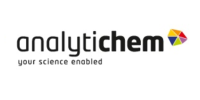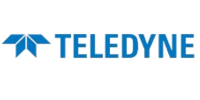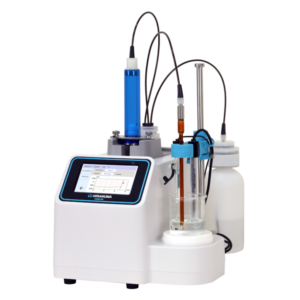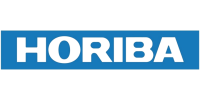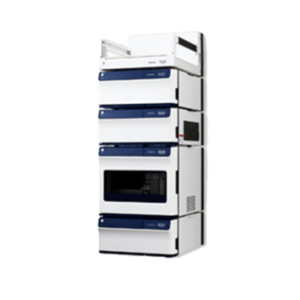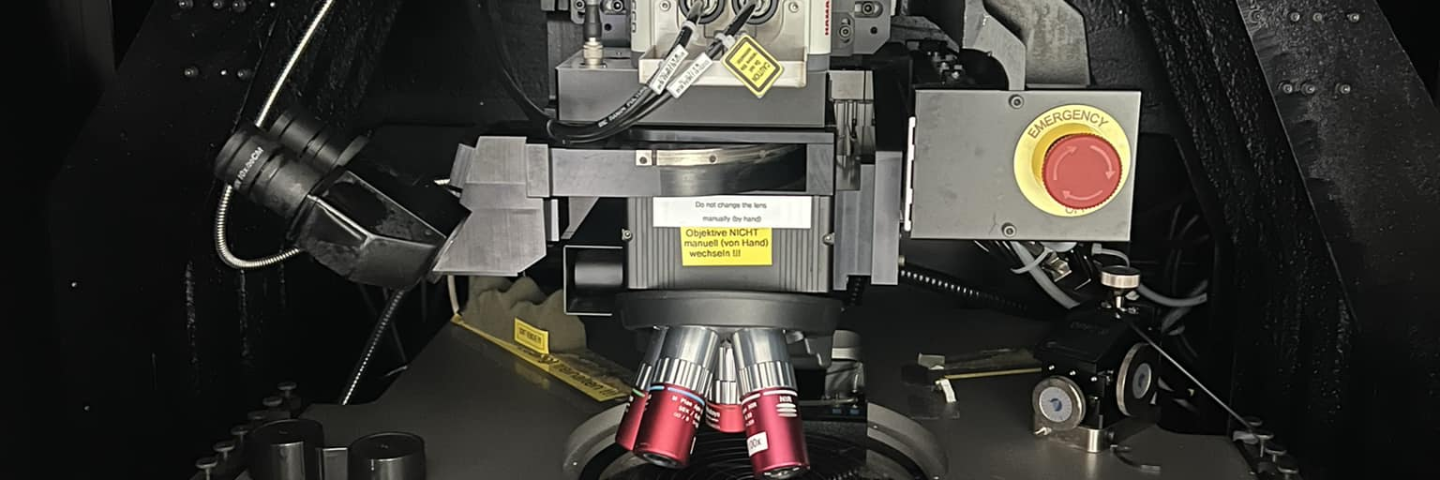Hitachi ZA4000 Series Polarized Zeeman Atomic Absorption Spectrophotometer
Atomic absorption spectrophotometers are used for the quantitative analysis of minute quantities of metals in solution. Applications include quality management and compliance with environmental regulations in industries such as materials, chemicals, environment, food, and pharmaceuticals.
Hitachi supplies the ZA4000 series of polarized Zeeman atomic absorption spectrophotometers, which now includes a sequential flame type that uses a newly added gear drive mechanism for the diffraction grating to adjust the measurement wavelength, thereby enabling sequential measurement of multiple elements.
The main features are as follows.
- The new ZA4800 is a rapid sequential flame type and joins an existing product lineup comprised of the ZA4000 (Tandem [Flame and Graphite Furnace] type AAS), ZA4300 (Flame type AAS), and ZA4700 (Graphite Furnace type AAS)
- Precise and high-speed measurement using the rapid sequential feature (with a measurement time approximately 30% faster than dedicated flame model)
- Powerful support for users engaged in analysis. The system combines precise and highly sensitive hardware using polarized Zeeman correction and dual detection with user friendly software that includes a trace-quality analysis and diagnostic system and a sample table read function.

Polarized Zeeman Correction Method
Background Correction Using Only Hollow Cathode Lamp
The polarized Zeeman correction method, which uses a permanent magnet, provides a stabilized baseline, suppresses the effects of coexisting materials that have absorption of adjacent wavelengths, and facilitates highly reliable analysis.

Dual Detector Method
Increases the Amount of Sampled Light and Reduces Noise
The dual detector method, by which the sample light and reference light are sampled by independent detectors, reduces the baseline noise. The two lights are also detected simultaneously, which increases the accuracy of corrections.

Wide Background Detection Range
All Elements are Covered by the Polarized Zeeman Correction Method
Background correction can be performed for elements that have absorption in the ultraviolet range or visible range. The polarized Zeeman correction method is one choice of correction method and has the advantage that it does not need to be selected for each element. It can also correct elements that cannot be corrected by the D2 lamp correction method, such as sodium and potassium.

High-Accuracy, High-Speed Measurement by Rapid Sequential Mode(ZA4800)
Offering Sequential Measurement of a Maximum of 12 Elements and Faster Speed
Hitachi has achieved even higher speed in measurements by combining the existing polarized Zeeman correction method with a newly developed diff raction grating drive mechanism. This provides much faster measurements for users who are measuring multiple elements in the same sample using the fl ame method.

Flame Analysis
Achieving High-Sensitivity Analysis with Stable Baseline
A stable baseline is provided by the polarized Zeeman correction method, and low concentration analysis can be performed with high-sensitivity measurement without using any additional accessories.

Graphite Furnace Analysis
Batch Display of Atomizer Profiles
The absorbance and background signal are displayed as time elapses, making it possible to check for differences between samples at a glance. Regarding background measurement in particular, since background correction is applied even during the drying and ashing processes, the scattering of measurement elements can be monitored. The following diagram shows a profile confirming that magnesium is scattered at ashing temperature of 1200 °C. Scattering during ashing can be eliminated and absorbance with good reproducibility can be obtained by reducing the ashing temperature to 900 °C. Users who want to configure the parameter settings in more detail can also consider the setting values from the drying and ashing background signals.


For more information, contact us.





